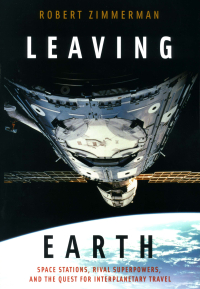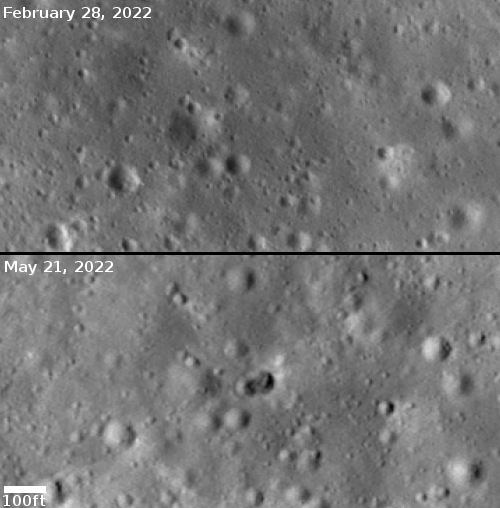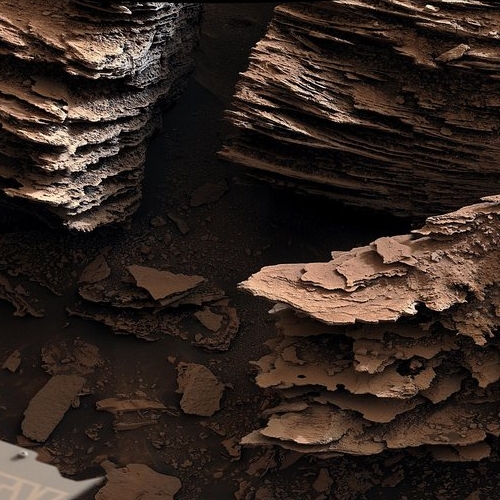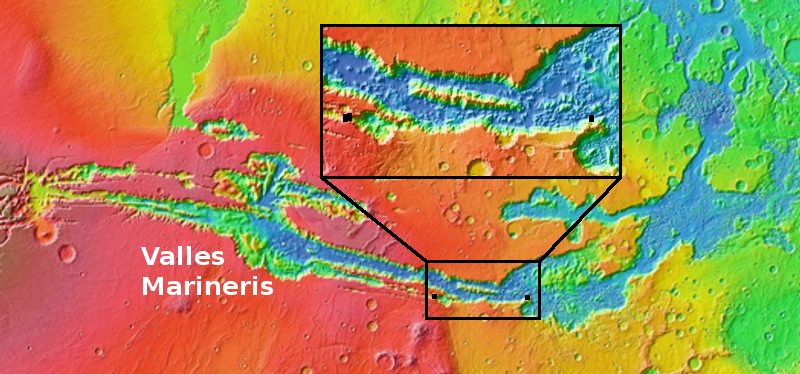German smallsat rocket startup signs orbital tug startup as launch customer
Capitalism in space: Isar, one of three German smallsat rocket companies hoping to launch their own rockets, has won a launch contract from D-Orbit, one of three companies building orbital space tugs designed to provide in-orbit transportation to cubesats.
Isar Aerospace announced today that it has entered into a firm launch services agreement with space infrastructure pioneer D-Orbit. The company’s launch vehicle Spectrum, which is developed for small and medium satellites and satellite constellations, will launch D-Orbit’s ION Satellite Carrier as a primary customer to a Sun-synchronous orbit from its launch site in Andøya, Norway with a launch term starting in 2023.
This is Isar’s third launch contract. The company has also raised almost $200 million in investment capital in the past year and a half.
Capitalism in space: Isar, one of three German smallsat rocket companies hoping to launch their own rockets, has won a launch contract from D-Orbit, one of three companies building orbital space tugs designed to provide in-orbit transportation to cubesats.
Isar Aerospace announced today that it has entered into a firm launch services agreement with space infrastructure pioneer D-Orbit. The company’s launch vehicle Spectrum, which is developed for small and medium satellites and satellite constellations, will launch D-Orbit’s ION Satellite Carrier as a primary customer to a Sun-synchronous orbit from its launch site in Andøya, Norway with a launch term starting in 2023.
This is Isar’s third launch contract. The company has also raised almost $200 million in investment capital in the past year and a half.













